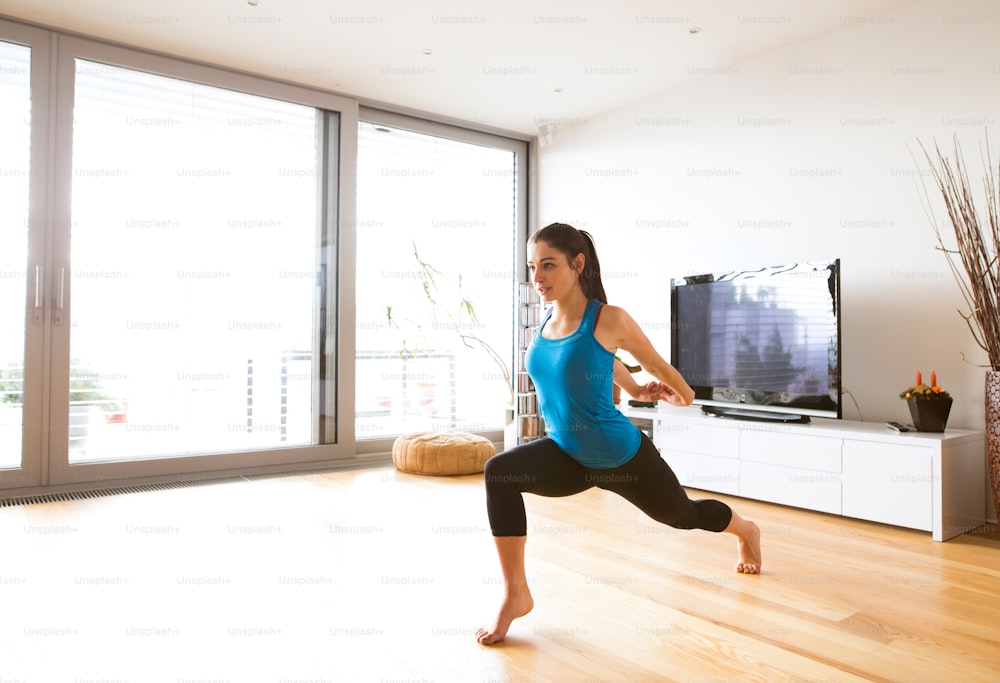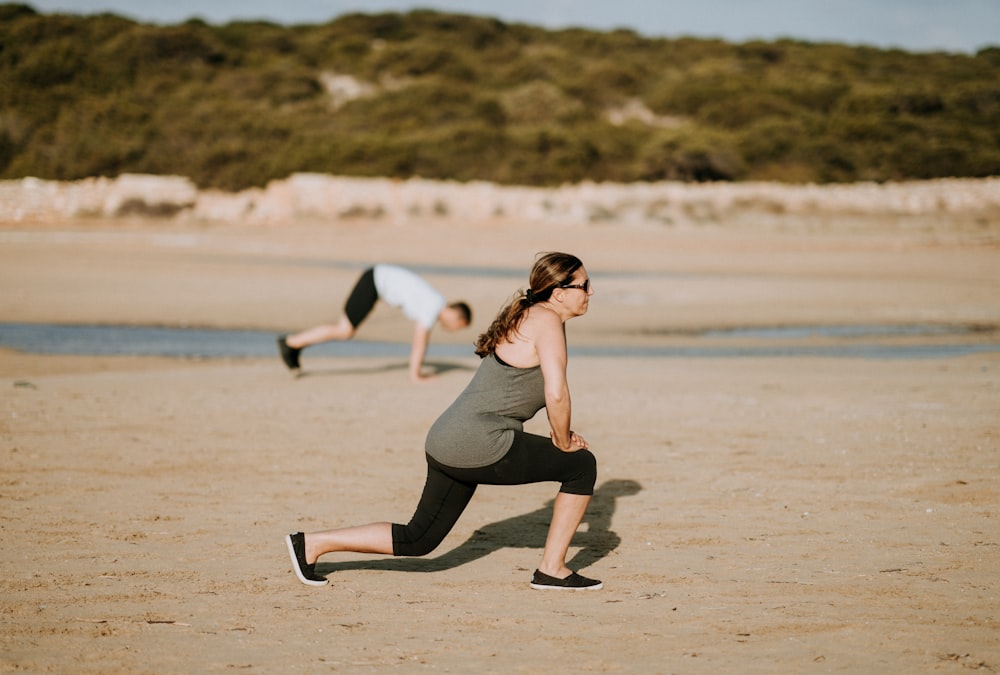Reverse Lower Back, Hip Pain, and Sciatica With This Daily Stretch
Back and hip pain, including sciatica and piriformis syndrome, are often debilitating, but in most cases, fixable.
Many of these types of pain stem from a "pinched nerve" in your spine or hip area. Basically, something is causing pressure to build up in an area that shouldn't.
We need to start by understanding what’s going on with your hips.
Why the hips?
The mobility of your hips determines the health of your lumbar discs. In the right position, your hips allow the spine to stack straight and your core to engage. If they’re not in the right position, you’ll compress discs, weaken your glutes and core, build up tension in the wrong spots, and end up in pain.
Hip mobility requires two things: strength and flexibility in all 6 possible directions (adduction – in, abduction – out, extension – back, flexion – front, and internal and external rotation).
One of my favorite healing exercises for anything back and hip related is a lunge. A proper lunge stretches and strengthens your hips for extension and flexion. This is where you’ll feel the most benefit for sciatic and piriformis pain relief. It’s the perfect antidote for too much sitting.
HOW TO DO A PROPER LUNGE
Start with your feet about shoulder-width wide, with one foot stepped out in front about 2-3 feet. Don't over-extend yourself. Start off small. I want to make sure your position is in good form before challenging your strength.
Put your hands on your hips to see and feel that they’re even. By even I mean that both hips are equally facing forward. The tendency for most people is the hip of the front foot is more forward than the other one. If this is your case, bring your feet in closer together as needed to make sure both hips face forward like car headlights.
***IMPORTANT: Your hips are anteverted, meaning slightly tipped forward.
From there, think of reaching your lower ribs toward your front hip bones. Also, pull up from your perineum (the space between your anus and genitals). This activates your core.
Try to keep the top of your head reaching toward the ceiling, chin slightly tucked in, and shoulders down and back.
What you’re going to end up doing is holding each side for 10 deep, slow breaths. Listen to all the details before you start. Once you understand exactly what to focus on, then do your counting.
This should be kind of easy/hard. Easy: It should be a high enough lunge that you can hold it here for 10 breaths easily. Hard: You might sweat a little or be sore tomorrow.
If anything hurts, stop. Send me an email and we can trouble-shoot.
FOCUS ON THESE POINTS
1. Hips stay even. If you start to notice one hip swaying in front, pull yourself back up a little.
2. This isn’t a contest, so don’t let your ego win. Only go as far down as you can maintain the correct posture and still breathe easily.
3. As you warm up, you can edge up onto the balls of your back toes. You can slowly start to make your way deeper, but only as your hips, posture, and breath allow.
4. The glute on your back leg is fired up. Imagine someone bouncing a quarter off your back butt cheek. Think of straightening your back knee. This will wake up the glute and the hip flexor.
5. Your spine is tall. This is how you can keep breathing while you’re doing this. Your hips are anteverted so that you can stack up straight. Your middle core, your abdominal muscles and obliques are very active here as well. Feel how the breath moves easily through your straight spine. Visualize the in-breath going up the front of your body and the out-breath going down your back.
6. Your hands can be on your hips; shoulders engaged down. If you’re experienced in this movement, you have the option to raise your arms up, but only if you can (1) keep your balance and (2) resist your shoulders rising up to your ears.
COMMON LUNGE MISTAKES
1. The front leg hip is slightly more front. Think of headlights on the front of your hips. Keep your headlights even.
2. Holding your breath and waiting for it to be over. Breathe and try to enjoy the sensations. If it hurts at all, that’s your cue to ease up a bit, as in, don't go so low.
3. Leaning or slumping forward. If your back hip is too tight to allow this, come up higher.
How Lunges Work for Relieving Back Pain, Hip Pain, and Sciatica
Most pain, including "pinched nerves," originates from muscular imbalances. Meaning, some muscles are under-performing, and others are doing too much, leading to tension.
Lunges work by getting all the gluteous ("butt"/"glute") muscles firing!
Your glutes are designed to work hard. They ideally support your whole back structure, helping you walk, sit, and bend without pain. However, most people have under-working glutes. My guess is it's from too much sitting around, driving, watching TV, or working at a desk without engaging the glute muscles.
When your glutes work, your back and hips win.
Lunges also help engage the lower abdominal muscles, or pelvic floor. This is one part of your core that protects your back from over-arching or slumping.
Don't miss a beat!
New moves, motivation, and classes delivered to your inbox.
We hate SPAM. We will never sell your information, for any reason.


